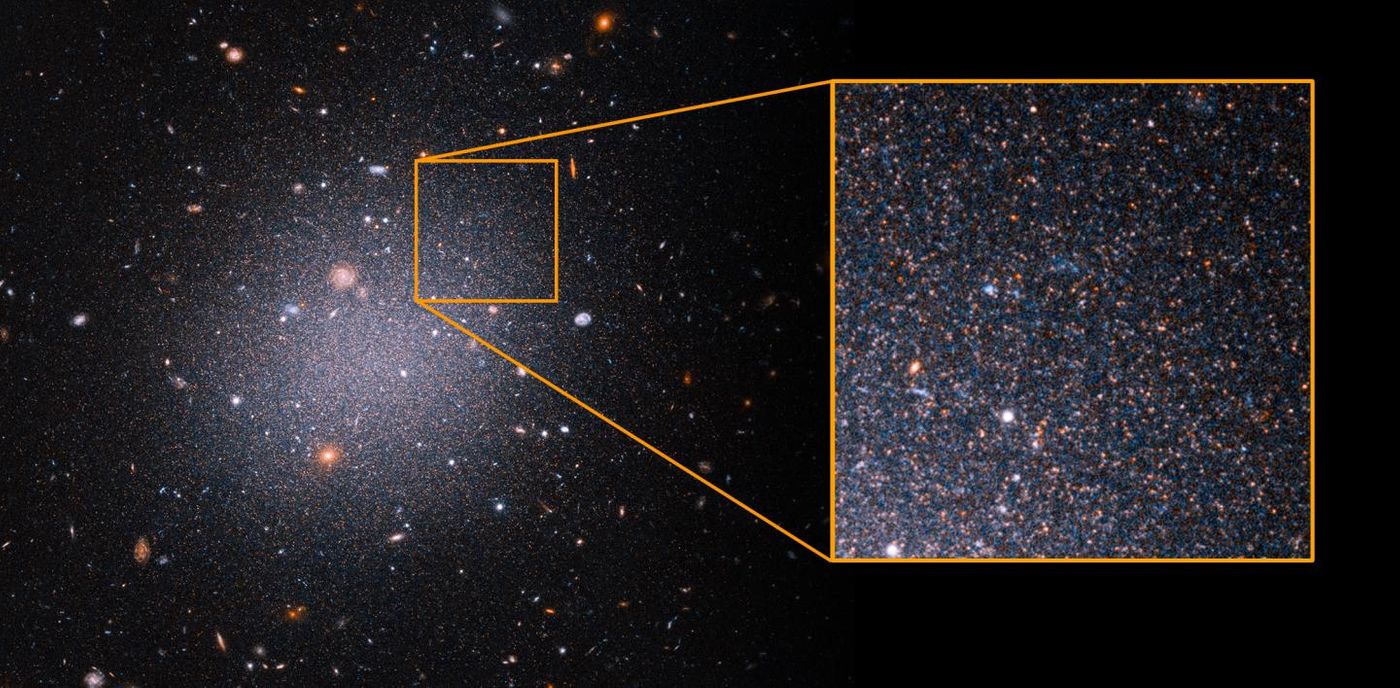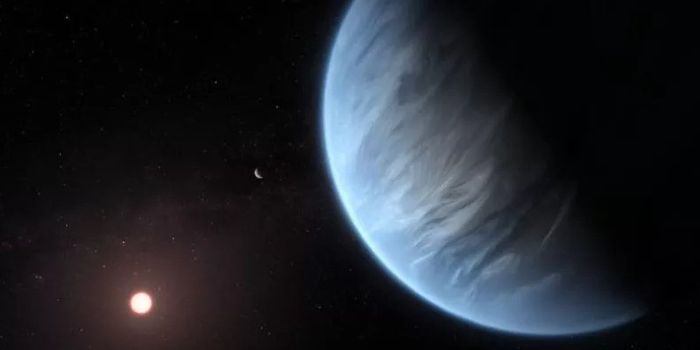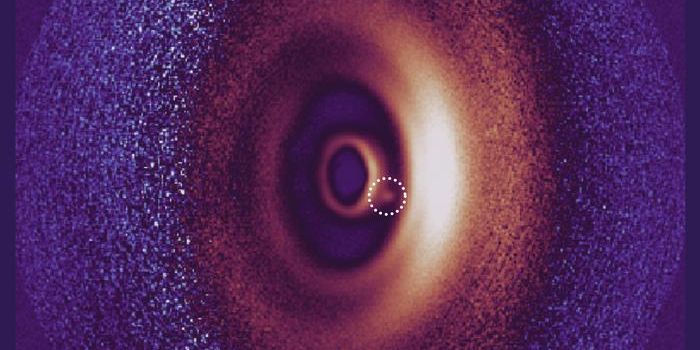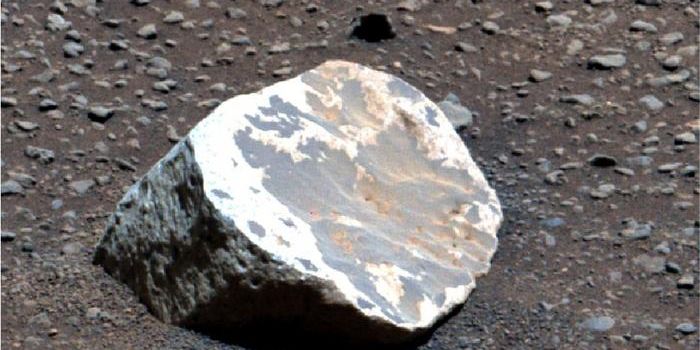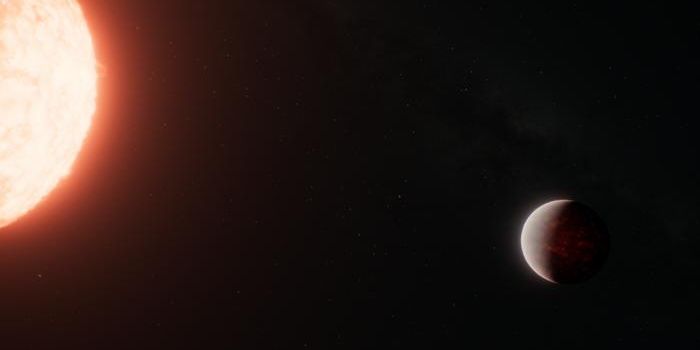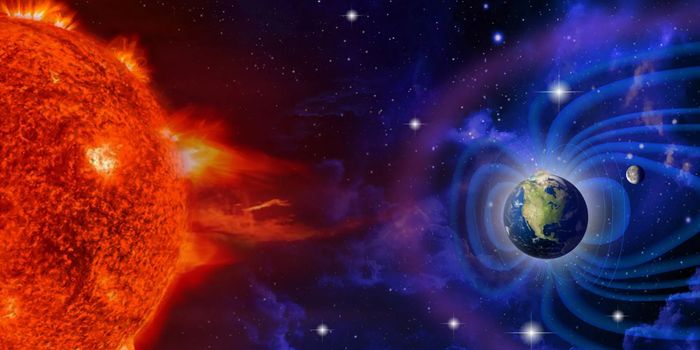An Unusual Galaxy Without Dark Matter
Even though we still cannot detect dark matter, many researchers are confident that exists. It seems to act as a kind of glue that binds galaxies together and exerts a powerful influence on the conventional matter that we can detect easily. It's also been suggested that dark matter is an essential part of galaxies. But new research has identified a galaxy that does not bear any of the standard hallmarks of dark matter. This ultra-diffuse galaxy (UDG) is called NGC1052-DF2 (DF2), and scientists believe that the galaxy, which is at a distance of about 22.1 +/-1.2 megaparsecs, does not contain dark matter.
"Determining an accurate distance to DF2 has been key in supporting our earlier results," said study co-leader Shany Danieli, a NASA Hubble Fellow at the Institute for Advanced Study. "The new measurement reported in this study has crucial implications for estimating the physical properties of the galaxy, thus confirming its lack of dark matter."
This work is based on data collected during 40 orbits of NASA's Hubble Space Telescope. The findings have been reported in Astrophysical Journal Letters.
"We went out on a limb with our initial Hubble observations of this galaxy in 2018," noted study co-leader Pieter van Dokkum of Yale University. The team's 2018 research used "surface brightness fluctuations" to measure distance. "I think people were right to question it because it's such an unusual result. It would be nice if there were a simple explanation, like a wrong distance. But I think it's more fun and more interesting if it actually is a weird galaxy."
In 2019, the team measured the distance between D2 and a neighbor, UDG NGC1052-DF4 (DF4), which also suggested that there wasn't any dark matter. This study has confirmed that research and has refined their initial measurements; the galaxies are probably a bit further apart than the scientists first thought, which actually strengthens the case that there's no dark matter there.
The motion of stars in DF2 and DF4 can be explained solely by stellar mass, which indicates that there is no unseen force - like dark matter - acting on the bodies. Finding galaxies that lack dark matter might help us learn more about it, and how galaxies grow.
DF2 and DF4 are both about the size of the Milky Way but they only contain about one percent of the mass the Milky Way holds. They are ultra-diffuse, and they also have a large amount of especially luminous globular clusters.
"There's a saying that extraordinary claims require extraordinary evidence, and the new distance measurement strongly supports our previous finding that DF2 is missing dark matter," said study co-leader Zili Shen of Yale University. "Now it's time to move beyond the distance debate and focus on how such galaxies came to exist."
Sources: AAAS/Eurekalert! via Institute for Advanced Study, Astrophysical Journal Letters
